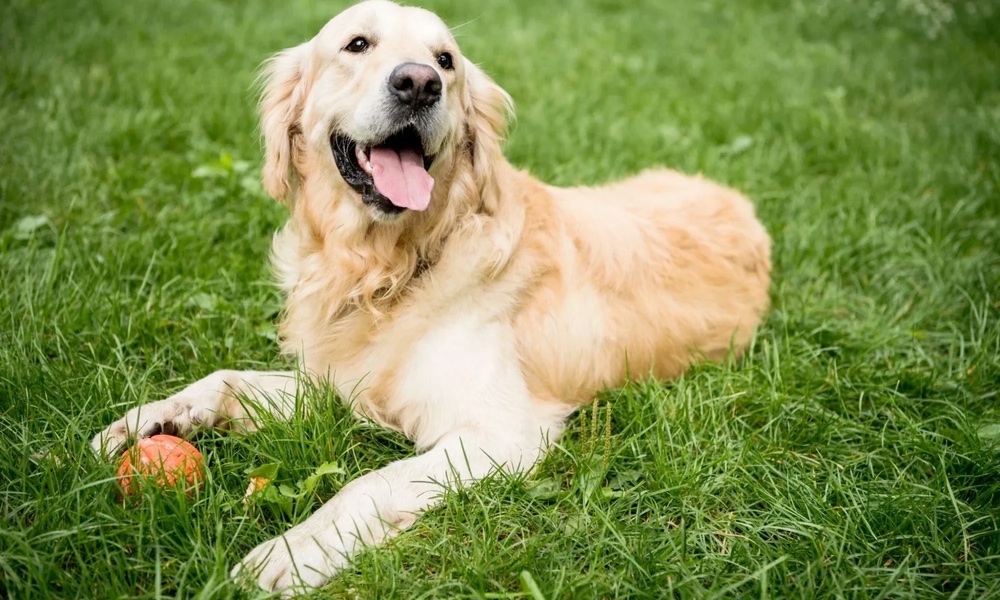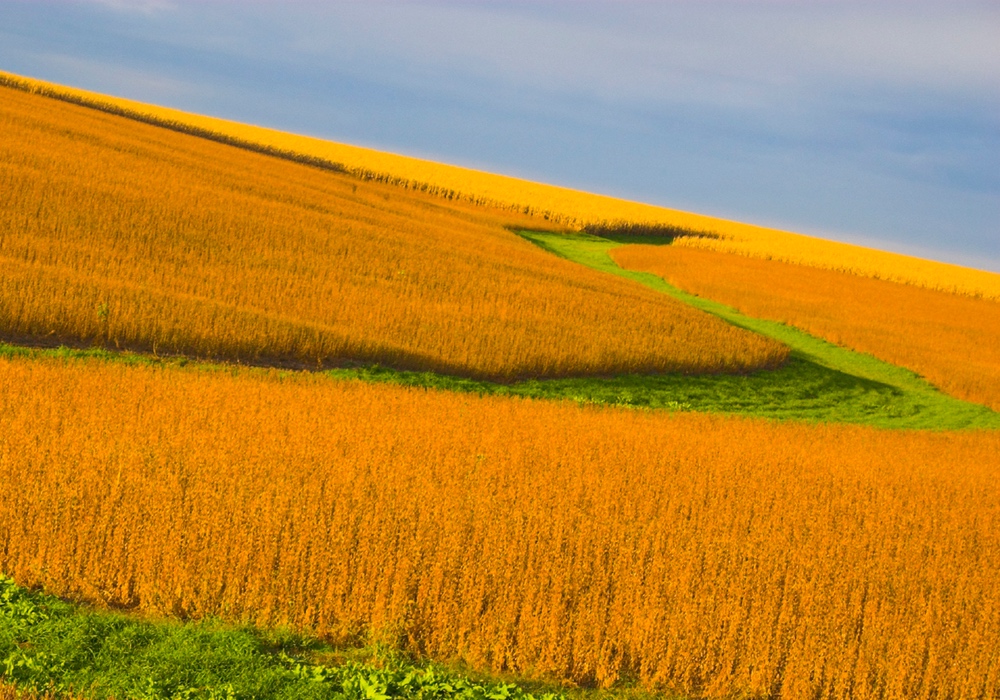Feed cows flaxseed and they'll produce healthier milk. Oregon State University researchers were able to change the nutritional profile of milk, butter and mozzarella cheese, boosting monounsaturated and polyunsaturated fat, while lowering saturated fat content, by feeding dairy cows six pounds of flaxseed per day.
The polyunsaturated fatty acids in the milk rose by 82%; monounsaturated fatty acids rose by 35%; and omega-3s rose by 70%. Saturated fats dropped by 18%. Similar changes occurred in cheese and butter made from the milk.
As the amount of flaxseed rose, so did the various types of unsaturated fats in the milk, while saturated fat decreased.
This doesn't exactly turn dairy into health food. Over half the remaining fat is still saturated fat. But it's definitely a step in the right direction.
Milk production and cheese and butter texture didn't deteriorate, even at the highest amount of flaxseed tested. As the amount of flaxseed rose, so did the various types of unsaturated fats in the milk, while saturated fat decreased.
Increased flaxseed also improved the spreadability of butter, especially at refrigerator temperature. The butter was softer, easier to spread and less sticky — but not runny. Mozzarella cheese also became slightly softer when made from milk from flaxseed-fed cows.
In fact, the only negative seems to be that flaxseed costs more than today's standard cow feed, so using it might mean more expensive dairy products. Since it's only making up a small part of the cow's diet, this may not even be a problem.
Studies like this show that change is possible if farmers and consumers want it badly enough. Just as meat and poultry can be produced without antibiotics, dairy farmers can make healthier dairy products if they choose to.
An article on the study appears in the Journal of Dairy Science.




